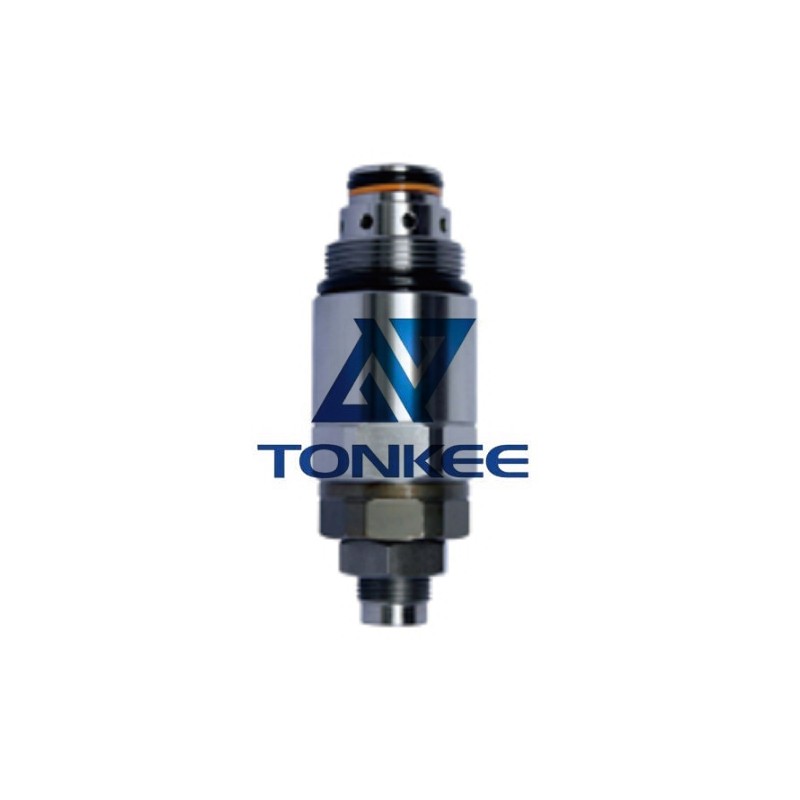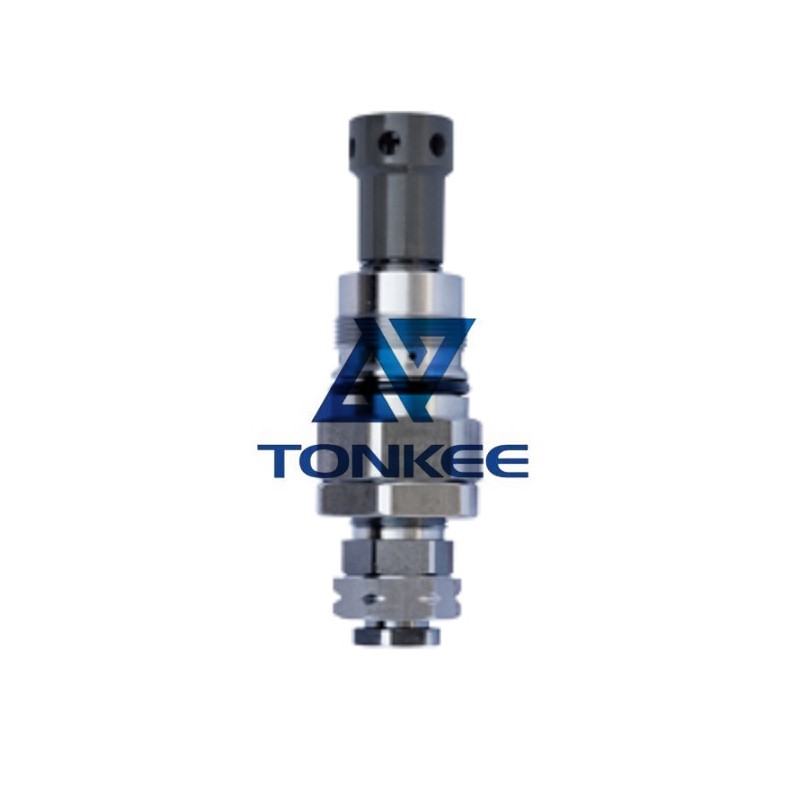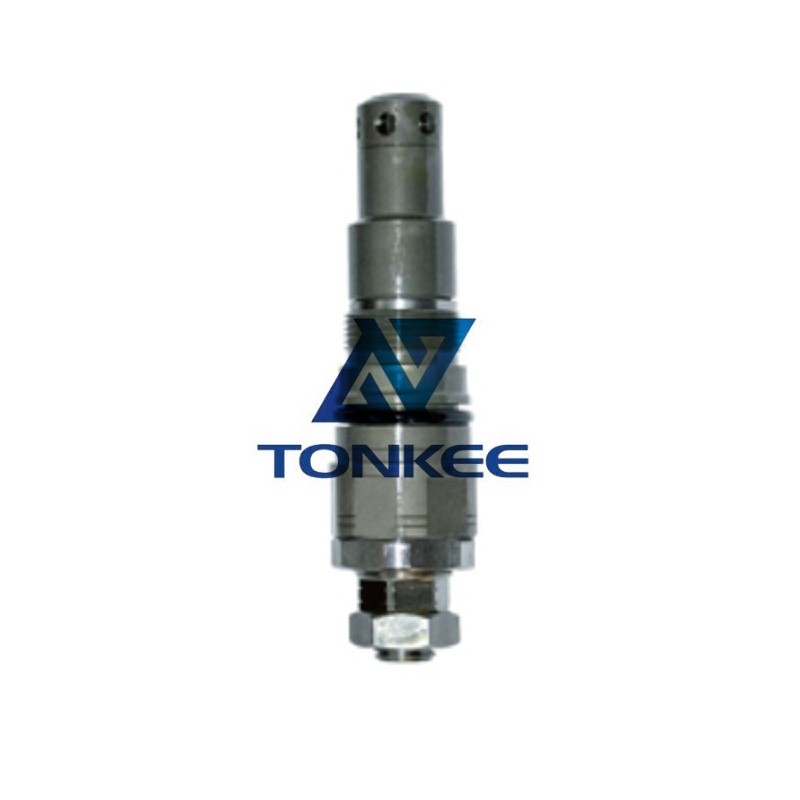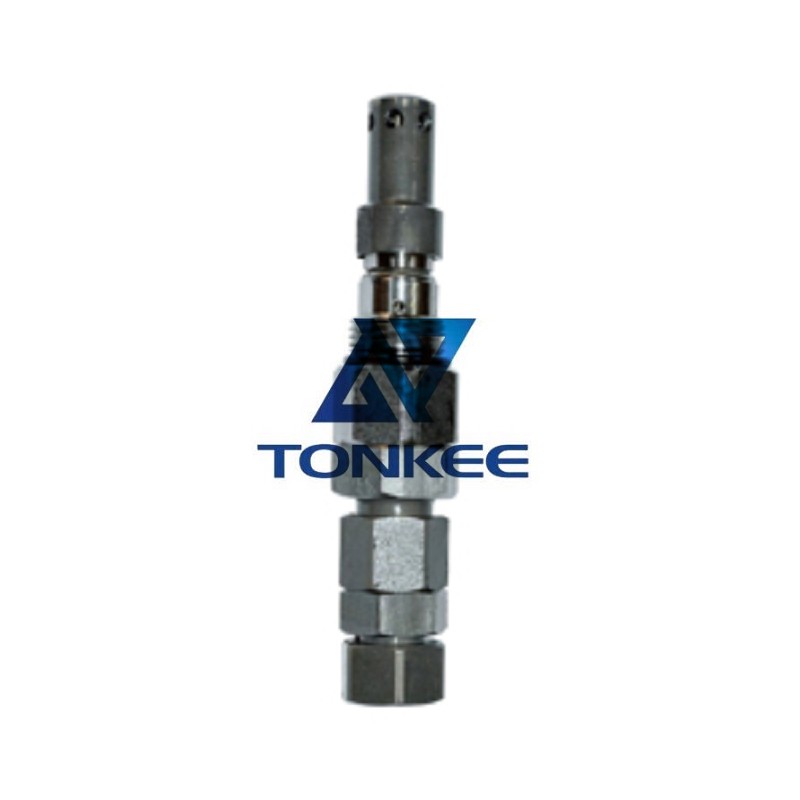
Pressure Regulation: The 215-9 Port Relief Valve is primarily used for pressure regulation.
It ensures that the pressure within a system does not exceed a predetermined limit, thereby safeguarding the equipment and personnel.
Compact Design: The valve is compact and lightweight, making it suitable for a wide range of applications where space is limited. Its small footprint allows for easy integration into existing systems.
High Reliability: The 215-9 Port Relief Valve is built with durable materials and undergoes rigorous testing to ensure long-lasting performance and reliability. It is designed to withstand harsh operating conditions, including high pressures and temperatures.
Adjustable Pressure Setting: This relief valve offers adjustable pressure settings to accommodate different system requirements. It allows operators to fine-tune the pressure at which the valve opens, providing flexibility and adaptability.
Working Principle:
The 215-9 Port Relief Valve operates on the principle of pressure relief. It consists of an inlet port, an outlet port, a spring-loaded valve disc, and a spring. When the pressure in the system exceeds the set point, it acts on the valve disc, compressing the spring and causing the valve to open. As the valve opens, excess fluid or gas is discharged through the outlet port, relieving the pressure until it reaches the desired level. Once the pressure drops below the set point, the spring pushes the valve disc back into the closed position, sealing the system.
Technical Specifications:
Pressure Range: The 215-9 Port Relief Valve is designed to operate within a specific pressure range. The exact range may vary depending on the model and manufacturer, but typically it can handle pressures ranging from a few psi (pounds per square inch) to several thousand psi.
Flow Capacity: The valve's flow capacity refers to the maximum volume or mass flow rate of fluid or gas that it can handle effectively.
The flow capacity is influenced by factors such as valve size, pressure differential, and fluid properties.
Material Construction: The valve body and internal components are typically constructed from high-strength materials such as stainless steel, brass, or other corrosion-resistant alloys. The choice of material depends on the compatibility with the fluid or gas being controlled and the operating conditions.
Connection Types: The 215-9 Port Relief Valve can be available in various connection types to suit different installation requirements. Common options include threaded connections (such as NPT or BSPT) or flanged connections.
Certifications and Standards: Depending on the industry and application, the valve may need to comply with specific certifications and standards, such as ISO, API, ASME, or other relevant regulations.





 English
English português
português Русский язык
Русский язык












